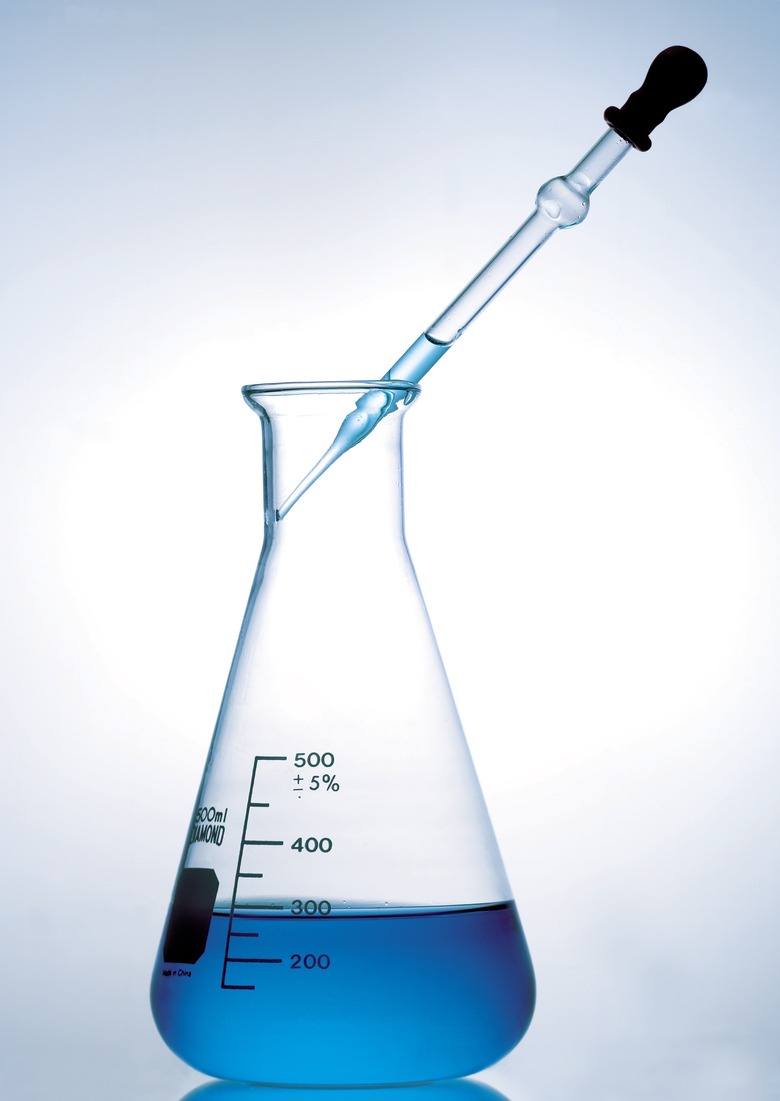Fifth Grade Science Fair Projects With Measurable Data
Fifth grade science fair projects do not always create baking soda volcanoes and solar system dioramas. Your fifth grader can conduct an experiment that yields raw measurable data. From measuring light intensity and heat conductivity to weather accuracy and microwave popcorn yield, challenge your student to conduct an experiment that makes them draw a conclusion from the data they have collected.
Climate
Climate
One experiment is for students to measure the temperature of their neighborhood over the coarse of a month. Compare that data to what is reported by the local meteorologist of different television stations and the temperature that is logged into the National Oceanic and Atmospheric Administration's website. Students can then try to explain any differences they find.
Popcorn
Popcorn
Students can conduct a study to determine the differences between brands of microwave popcorn. The student measures how long it takes to pop an individual bag before it starts to burn, if the suggested microwave popping time is accurate, the effects of adjusting the microwave oven settings, how many kernels are left in each bag and which brand yields the most popcorn quantitatively and in relation to price.
Which Metal Conducts the Best Heat
Which Metal Conducts the Best Heat
With supervision, a fifth grade student can measure the heat conductivity of metal. Using a bent metal rod, students can measure the change in temperature between two glasses of water – one hot, one cold. By forming a bridge between the two glasses of water using the U-shaped bent rod, students can measure which metal rods transfer temperature the fastest by measuring the temperature of the water in each glass at designated intervals. The student should repeat the experiment using a different rod made of a different metal.
Light Intensity
Light Intensity
Students can measure how the intensity of light changes over a specific distance using a light meter and a tape measure. They can measure the light's intensity at various set distances away from the source. They should then repeat the experiment several times using different light sources thus comparing the intensity of different types of lighting.
Cite This Article
MLA
Brooklyn, Lark. "Fifth Grade Science Fair Projects With Measurable Data" sciencing.com, https://www.sciencing.com/fifth-grade-science-fair-projects-measurable-data-12126689/. 24 April 2017.
APA
Brooklyn, Lark. (2017, April 24). Fifth Grade Science Fair Projects With Measurable Data. sciencing.com. Retrieved from https://www.sciencing.com/fifth-grade-science-fair-projects-measurable-data-12126689/
Chicago
Brooklyn, Lark. Fifth Grade Science Fair Projects With Measurable Data last modified August 30, 2022. https://www.sciencing.com/fifth-grade-science-fair-projects-measurable-data-12126689/
